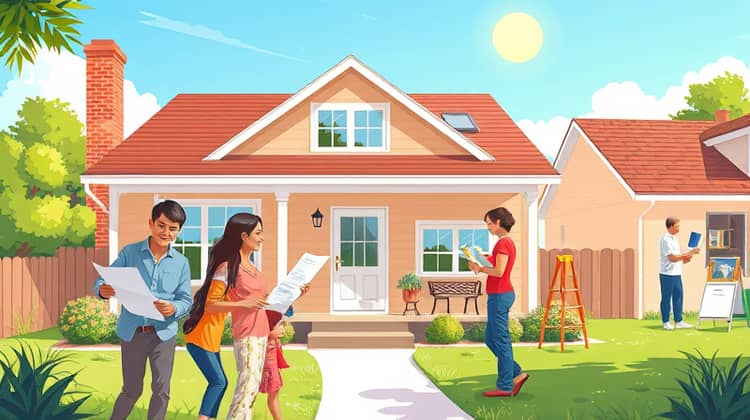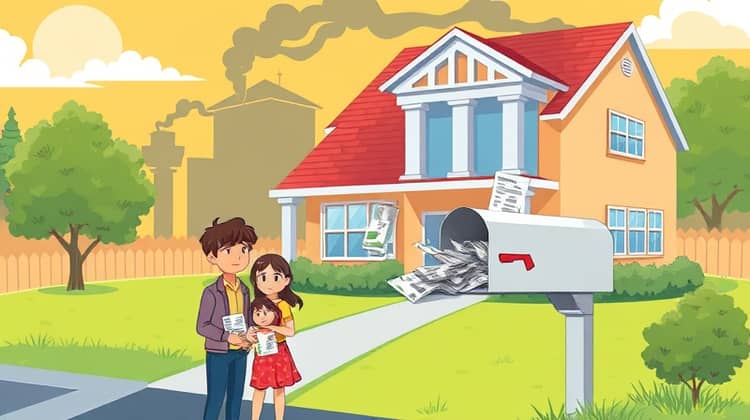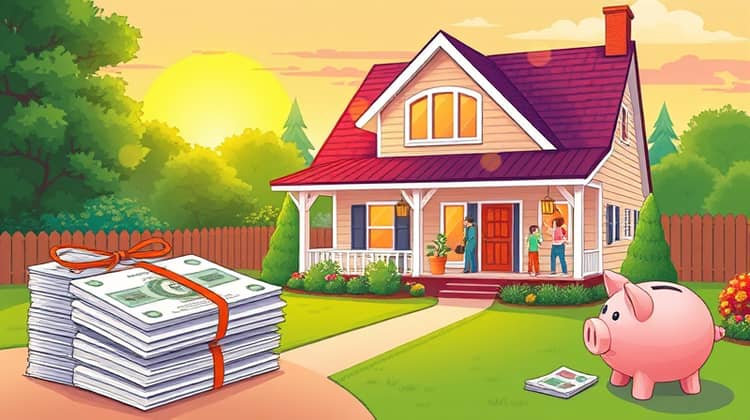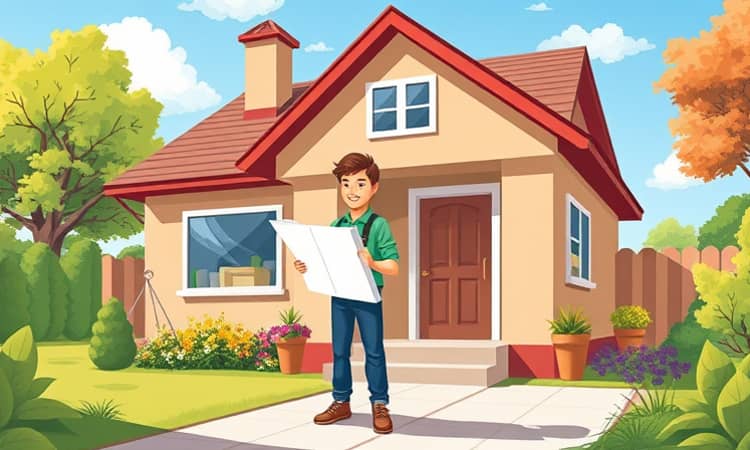In the realm of home financing, a second mortgage is an important concept that many homeowners may encounter at some point in their financial journey. This type of loan allows homeowners to tap into the equity they’ve built in their property, providing a lifeline of cash that can serve various purposes, from home renovations to paying for education expenses. Understanding second mortgages is crucial, as it can be a valuable tool in personal finance management, but it also comes with its risks and complexities that need to be navigated carefully.
As the real estate market fluctuates and economic conditions change, homeowners often look for ways to leverage their biggest asset: their home. A second mortgage can offer an attractive option for those looking to fund significant expenses without the need to sell their home or take on high-interest debt. However, potential borrowers should approach this option with a thorough understanding of both its advantages and the potential pitfalls involved.
This article aims to shed light on what a second mortgage is, the various types available, reasons to consider one, related risks, practical steps to obtain a second mortgage, and ultimately, how to make an informed decision about this important financial tool. Whether you're considering a second mortgage for personal or investment reasons, the information provided here will guide you in making better financial choices.
What is a Second Mortgage?

A second mortgage is a loan taken out against the equity of a home, in addition to the primary mortgage. It allows homeowners to borrow money while still retaining their first mortgage. The amount borrowed typically reflects the difference between the appraised value of the home and the outstanding balance on the first mortgage. This loan is structured like any traditional mortgage, which means it comes with a repayment plan and an interest rate.
This type of financing is often used by homeowners who wish to access cash for various purposes, such as paying for home improvements, consolidating debt, or funding major expenses like college tuition. The beauty of a second mortgage is that it provides access to a significant amount of cash that can be repaid over time, making it an appealing option for homeowners who have built up equity in their homes.
It’s important to note that a second mortgage typically carries a higher interest rate than a first mortgage, primarily due to the increased risk lenders face if the borrower defaults. In a default situation, lenders for the second mortgage are at a disadvantage as the first mortgage needs to be paid off first before any remaining funds are available for the second mortgage lender. Therefore, understanding the implications of taking out a second mortgage is vital for any homeowner considering this option.
Types of Second Mortgages

There are primarily two types of second mortgages: home equity loans and home equity lines of credit (HELOCs). Home equity loans provide a lump-sum payment to the borrower, which is then paid back in fixed monthly installments over a predetermined period. They're ideal for those who prefer steady, predictable payments and have a specific expense in mind.
On the other hand, a HELOC works more like a credit card, allowing borrowers to access funds as needed, up to a credit limit based on the equity in their home. This type of second mortgage offers flexibility and is often used for ongoing expenses, such as education or home repairs, giving homeowners the freedom to withdraw and repay as their needs change.
- Home Equity Loans
- Home Equity Lines of Credit (HELOCs)
- Cash-Out Refinance
Both types of second mortgages can be powerful tools for homeowners, but it's essential to evaluate needs, financial situations, and repayment capabilities before proceeding with either option.
Why Consider a Second Mortgage?

There are several reasons why homeowners may consider taking out a second mortgage. Firstly, it allows access to the equity built up in the home without selling the property. This can provide a substantial amount of cash that can be used for various financial goals, whether it's renovating the home, investing in another property, or funding major life events such as college education or weddings.
Additionally, second mortgages can often provide lower interest rates compared to other forms of debt, such as personal loans or credit cards. This can lead to potential savings in interest payments, especially if the funds are used to consolidate higher-interest debt.
- Access to funds without selling your home
- Lower interest rates compared to other credit options
- Funding for home renovations and improvements
Ultimately, a second mortgage can serve as a viable financial strategy for homeowners looking to diversify their finances and manage large expenses effectively.
Risks Associated with Second Mortgages

While second mortgages can be advantageous, they also come with significant risks that homeowners must be aware of. The most critical risk is the potential loss of the home. If the borrower fails to keep up with the second mortgage payments, the lender can initiate foreclosure proceedings, which could result in losing the home altogether. This risk is heightened because the second mortgage is subordinate to the first, meaning it is riskier from the lender's perspective.
Moreover, taking on additional debt through a second mortgage can strain a homeowner's finances, especially if unforeseen circumstances arise, such as job loss or medical emergencies.
- Potential for foreclosure if payments are not made
- Increased monthly debt obligations
- Market fluctuations can affect property value
Therefore, it’s crucial for homeowners to carefully assess their financial stability and consider whether they can manage both their primary mortgage and the additional liability before proceeding with a second mortgage.
How to Get a Second Mortgage

Obtaining a second mortgage involves several steps that homeowners should be prepared for. First, it's essential to evaluate the amount of equity built up in the home as this will determine how much can be borrowed. Homeowners can calculate their home equity by subtracting the balance of their first mortgage from the current market value of the home.
Next, it’s advisable to shop around and compare offers from different lenders. This includes looking at interest rates, loan terms, and any associated fees that may come with the second mortgage.
- Assess home equity and financial readiness
- Shop around for competitive interest rates
- Consider different types of second mortgages based on needs
- Submit a loan application with supporting documentation
Navigating the second mortgage process may seem daunting, but with proper preparation and research, homeowners can make informed decisions that will benefit their financial situation overall.
Conclusion

In conclusion, a second mortgage can be a valuable financial tool for homeowners looking to leverage their home equity for various needs. Whether it's for home improvements, debt consolidation, or unexpected expenses, a second mortgage offers flexibility and access to cash that can be life-changing for many.
However, it is essential to approach this option with caution. Understanding the risks and responsibilities that come with it is crucial to avoid potential pitfalls that could jeopardize one's home. By staying informed and making prudent financial choices, homeowners can utilize a second mortgage as a means to enhance their financial well-being.














